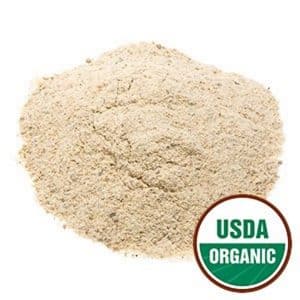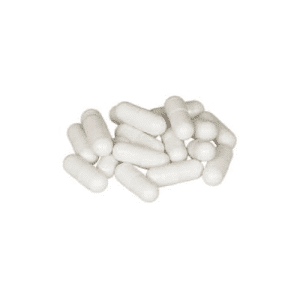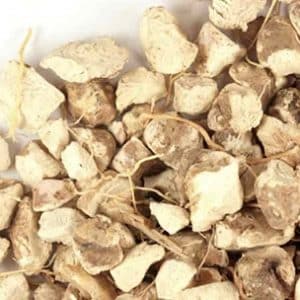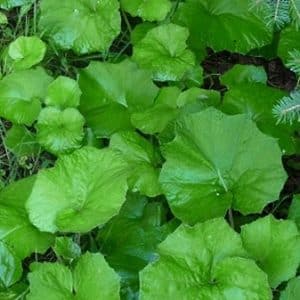Native to North Africa and countries bordering the eastern Mediterranean, fenugreek is a strongly aromatic annual, growing to about thirty-two inches, producing trifolate leaves that look like clover, small, yellowish-white, pealike flowers, and sickle-shaped pods. It grows wild in open areas; but it is also widely cultivated, especially in India, Africa, and parts of the US. The seeds are collected during the autumn.
The Egyptian Ebers papyrus (c. 1500 BCE) records a prescription for burns that included fenugreek seeds. They were also used to induce childbirth.
In the 5th century BCE, the Greek physician, Hippocrates, considered fenugreek a valuable soothing herb. His fellow countryman in the 1st century CE, Dioscorides, recommended fenugreek as a remedy for all types of gynecological problems, including infection of the uterus and inflammation of the genitals.
Through history, fenugreek has been prized not only as a spice but also for its medicinal flowers and as cattle feed. In the past, fenugreek was considered a cure for many ailments and was the major ingredient in Lydia Pinkham s Vegetable Compound, a popular 19th century patent medicine used for menstrual problems.
Key Actions
Key Components




